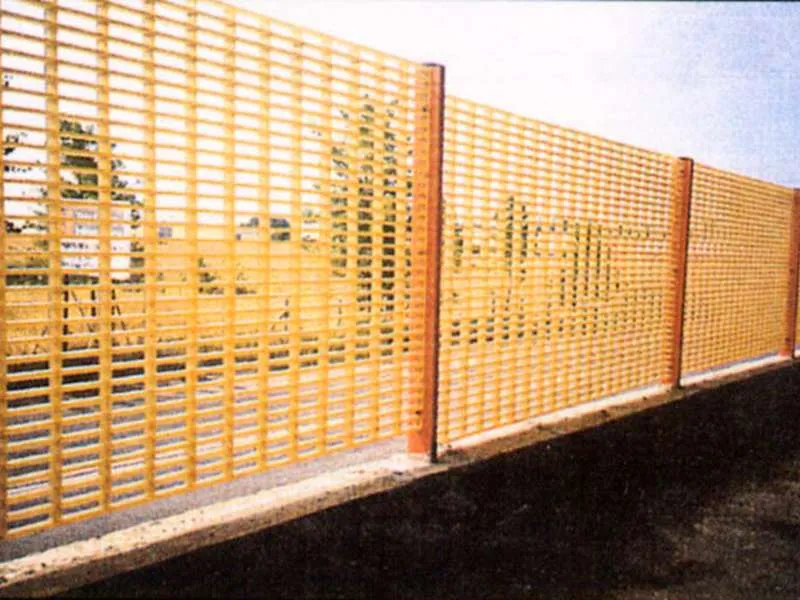
-
 Afrikaans
Afrikaans -
 Albanian
Albanian -
 Amharic
Amharic -
 Arabic
Arabic -
 Armenian
Armenian -
 Azerbaijani
Azerbaijani -
 Basque
Basque -
 Belarusian
Belarusian -
 Bengali
Bengali -
 Bosnian
Bosnian -
 Bulgarian
Bulgarian -
 Catalan
Catalan -
 Cebuano
Cebuano -
 China
China -
 China (Taiwan)
China (Taiwan) -
 Corsican
Corsican -
 Croatian
Croatian -
 Czech
Czech -
 Danish
Danish -
 Dutch
Dutch -
 English
English -
 Esperanto
Esperanto -
 Estonian
Estonian -
 Finnish
Finnish -
 French
French -
 Frisian
Frisian -
 Galician
Galician -
 Georgian
Georgian -
 German
German -
 Greek
Greek -
 Gujarati
Gujarati -
 Haitian Creole
Haitian Creole -
 hausa
hausa -
 hawaiian
hawaiian -
 Hebrew
Hebrew -
 Hindi
Hindi -
 Miao
Miao -
 Hungarian
Hungarian -
 Icelandic
Icelandic -
 igbo
igbo -
 Indonesian
Indonesian -
 irish
irish -
 Italian
Italian -
 Japanese
Japanese -
 Javanese
Javanese -
 Kannada
Kannada -
 kazakh
kazakh -
 Khmer
Khmer -
 Rwandese
Rwandese -
 Korean
Korean -
 Kurdish
Kurdish -
 Kyrgyz
Kyrgyz -
 Lao
Lao -
 Latin
Latin -
 Latvian
Latvian -
 Lithuanian
Lithuanian -
 Luxembourgish
Luxembourgish -
 Macedonian
Macedonian -
 Malgashi
Malgashi -
 Malay
Malay -
 Malayalam
Malayalam -
 Maltese
Maltese -
 Maori
Maori -
 Marathi
Marathi -
 Mongolian
Mongolian -
 Myanmar
Myanmar -
 Nepali
Nepali -
 Norwegian
Norwegian -
 Norwegian
Norwegian -
 Occitan
Occitan -
 Pashto
Pashto -
 Persian
Persian -
 Polish
Polish -
 Portuguese
Portuguese -
 Punjabi
Punjabi -
 Romanian
Romanian -
 Russian
Russian -
 Samoan
Samoan -
 Scottish Gaelic
Scottish Gaelic -
 Serbian
Serbian -
 Sesotho
Sesotho -
 Shona
Shona -
 Sindhi
Sindhi -
 Sinhala
Sinhala -
 Slovak
Slovak -
 Slovenian
Slovenian -
 Somali
Somali -
 Spanish
Spanish -
 Sundanese
Sundanese -
 Swahili
Swahili -
 Swedish
Swedish -
 Tagalog
Tagalog -
 Tajik
Tajik -
 Tamil
Tamil -
 Tatar
Tatar -
 Telugu
Telugu -
 Thai
Thai -
 Turkish
Turkish -
 Turkmen
Turkmen -
 Ukrainian
Ukrainian -
 Urdu
Urdu -
 Uighur
Uighur -
 Uzbek
Uzbek -
 Vietnamese
Vietnamese -
 Welsh
Welsh -
 Bantu
Bantu -
 Yiddish
Yiddish -
 Yoruba
Yoruba -
 Zulu
Zulu
reinforced plastic pipe
The Advantages and Applications of Reinforced Plastic Pipes
Reinforced plastic pipes have emerged as a revolutionary solution in various industries needing durable, lightweight, and corrosion-resistant piping systems. Constructed using a composite of plastic and reinforcing materials, these pipes provide enhanced strength and performance compared to traditional piping options.
One of the primary advantages of reinforced plastic pipes is their resistance to corrosion. Unlike metal pipes that may rust or corrode when exposed to harsh chemicals or environments, reinforced plastic pipes maintain their integrity over time. This quality makes them particularly valuable in industries such as chemicals, wastewater management, and marine applications, where exposure to corrosive substances is a common challenge.
In addition to corrosion resistance, reinforced plastic pipes are also significantly lighter than conventional materials like steel or concrete
. This lightweight nature allows for easier handling, transportation, and installation, which can lead to reduced labor costs and construction time. Furthermore, the ease of installation makes them a preferred choice for both new projects and retrofitting existing infrastructure.Another critical benefit of reinforced plastic pipes is their ability to withstand high pressures without deforming or bursting. The reinforcement materials used, often fiberglass or carbon fiber, enhance the overall strength and durability of the pipes, allowing them to be used in high-pressure applications. This property makes them ideal for sectors such as oil and gas, where maintaining pipeline integrity under extreme conditions is essential.
reinforced plastic pipe

Moreover, these pipes exhibit excellent thermal insulation properties, which can help in reducing energy loss in heating or cooling systems. This thermal efficiency can result in significant energy savings for facilities that rely on temperature-controlled environments.
Reinforced plastic pipes also have a lower overall environmental impact compared to traditional materials. Their longevity reduces the frequency of replacement and waste generated over time. Furthermore, many manufacturers now use recycled materials in the production of these pipes, contributing to a more sustainable development model.
The versatility of reinforced plastic pipes allows for a wide range of applications. In construction, they are used for rainwater drainage systems, sewage transport, and even in potable water systems where conditions permit. In the agricultural sector, they have found applications in irrigation systems due to their resistance to chemicals and pressure. Furthermore, industrial facilities often utilize these pipes for transporting various fluids, including acids and other corrosive materials.
In conclusion, the growing popularity of reinforced plastic pipes can be attributed to their numerous advantages, including corrosion resistance, lightweight nature, high-pressure tolerance, and excellent thermal insulation. As industries continue to seek more efficient and sustainable solutions, the adoption of reinforced plastic pipes is likely to increase. With ongoing advancements in material science and manufacturing processes, the future of reinforced plastic piping systems looks promising, paving the way for more innovative applications and enhanced infrastructure development.









